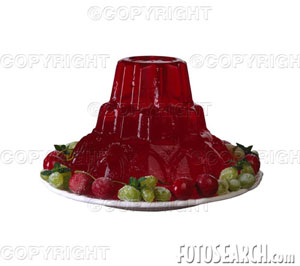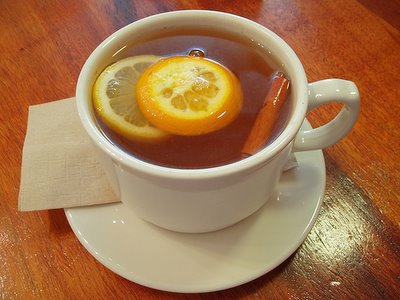
There are many stories...so I've done my best to bring it all to a coherent whole. Keep in mind, the fables are mixed and I bring you the ones, or part of the ones I found most interesting.
We start by going back, back, back to the time of the gods. There's the Dagda--the father of the gods. He was a powerful fellow...he had the ability to make the sun stand still, which he did once and stretched a day and a night into nine months during which time he bedded with a goddess he lusted after and also during which time she bore him a son...but that's another story. The Dagda, some say, represents the Right hand of the Claddagh ring.
Then there's Anu. In early times she was the ancestral and universal mother of the Celts. She later became known as Danu. It would appear she chose, at one time or another, to change her name. Perhaps she didn't like the old one. I know she's not alone in this mode of thinking. In any case Anu supposedly represents the Left hand of the Claddagh ring.
Beathauile represents the Crown. Unfortunately, I do not know who or what Beathauile is...I did not have time to research it...and if anyone knows and cares to pass it on, I, for one, would appreciate it.
The heart represents the hearts of all of mankind...and also represents that element which gives everlasting music to the Gael.
We now shoot forward through the eons of time and place ourselves in the small fishing village of Claddagh, near Galway city. This is where the ring supposedly originated. In the village's earlier times, the design of the ring was the symbol of the "Fishing Kings of Claddagh", the meaning being then, "in love and friendship let us reign."
There is a tale that tells of a king who was madly in love with a peasant woman. Now we all know from experience that these things can't work out, don't we? In any case, because she was of lower class, his love had to go unrequited. Poor king couldn't handle the turmoil in his soul, so, in the dredges of depression, he killed himself and had his hands severed and placed around his heart as a symbol of his undying love for the peasant woman. But this is only a folk tale. The TRUE story follows....
One Richard Joyce (or Ioyce), a native of Galway, was being shipped by sea to be sold as a slave to the West Indies plantation owners. However, the seas weren't safe, and he was captured by a band of Mediterranean pirates and sold to a Moorish goldsmith who taught him the craft of goldsmithing. The year is now 1689. Joyce is released and returns to Galway and then sets up shop in Claddagh where he designs this terrific ring. Everybody loves it. He did one heck of a job. All of Ireland wants one. The years pass. The great Famine of 1847-1849 causes a mass exodus from the West, and with that exodus spreads the fame of the Claddagh ring. These rings were kept as heirlooms, passed on from mother to daughter. It was not till the high scale production techniques of today that everyone could be the proud owner of one of these magnificent rings. Today, the ring is worn throughout Ireland, and this is the way it's supposed to be done.
1--On the right hand, crown in heart out, the wearer is free as the birds in the sky.
2--On the right hand, crown out heart in, the wearer is spoken for, so lay off!
3--On the left hand, place of choice, heart in crown out, wearer is happily committed (married) for evermore.
I have made the above gender neutral, which is only fair. It's a new era. Historically, only women wore this ring. . .historically men did not wear wedding or commitment rings at all. If you were the king or bishop, you wore the ring of state or church (generally on the middle finger). Some men wore military, fraternal or coats-of-arms rings, but only on the pinkie.
The first Claddagh I saw was waaaaaaaaay back in 1967 or so. A relative of my late husband wore one as a wedding ring. The image above is the closest I could come to her ring. It's beautiful.
Wear them in good health!!!







